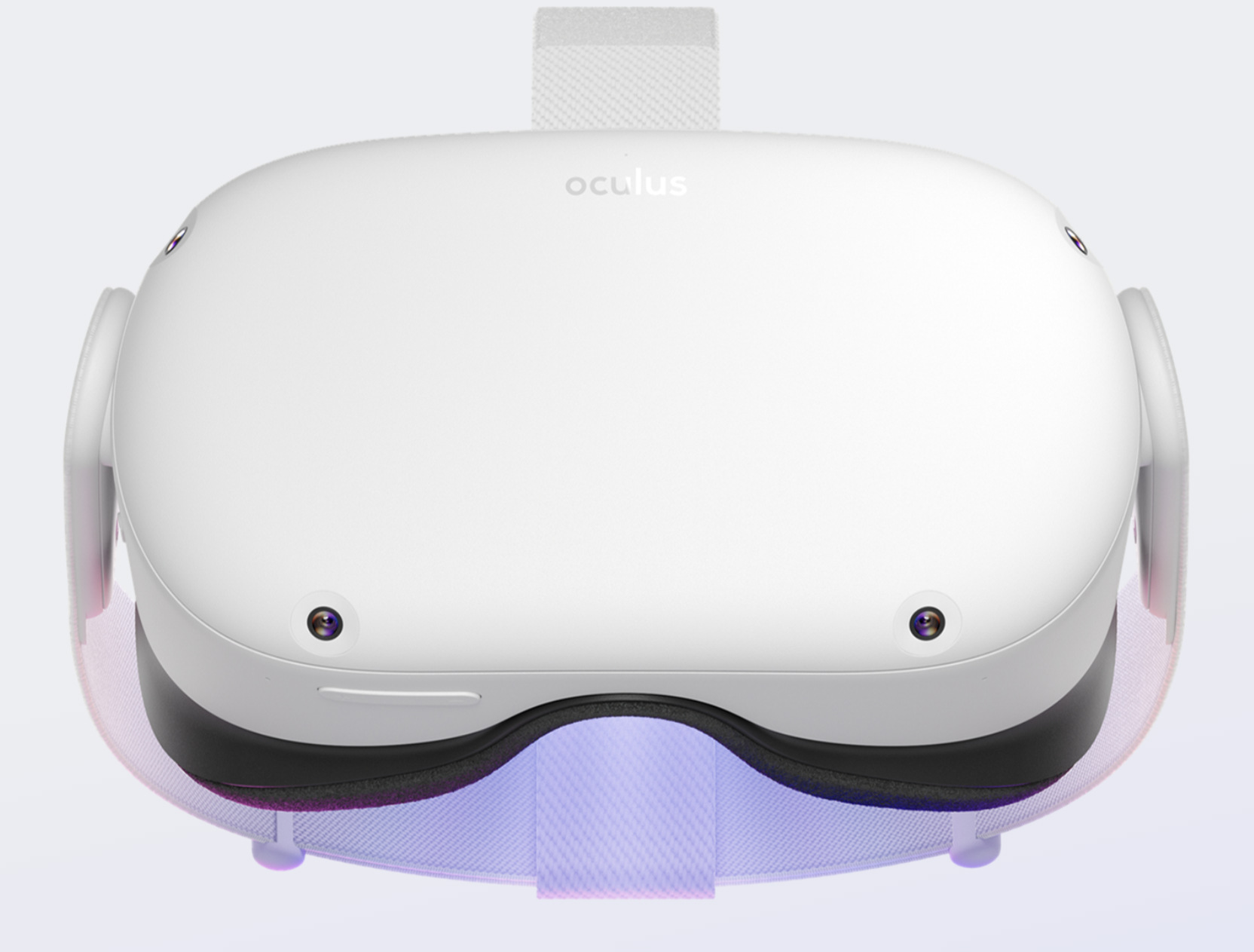Social work training meets virtual reality
April 13, 2021 - Gary Anderson, PhD
 Recruiting, orienting, training, and retaining a competent workforce in the field of child welfare is serious business. Social workers and other child welfare professionals are responsible for investigating reports of child abuse and neglect, assessing the safety and well-being of children, and potentially removing children from their parents temporarily or permanently. Training professionals typically relies on classroom teaching methods or shadowing veteran workers in the course of their work in the community. Classroom role-playing and case discussions lack authenticity, and shadowing provides limited exposure to family circumstances and minimal responsibility for assessing family strengths and risks.
Recruiting, orienting, training, and retaining a competent workforce in the field of child welfare is serious business. Social workers and other child welfare professionals are responsible for investigating reports of child abuse and neglect, assessing the safety and well-being of children, and potentially removing children from their parents temporarily or permanently. Training professionals typically relies on classroom teaching methods or shadowing veteran workers in the course of their work in the community. Classroom role-playing and case discussions lack authenticity, and shadowing provides limited exposure to family circumstances and minimal responsibility for assessing family strengths and risks.
To improve training, MSU School of Social Work engaged in a virtual reality training pilot project. Using a 23-minute virtual home visit, with real people and voice-activated conversations, trainees interviewed a mother, her boyfriend, and her 7-year-old daughter to assess risk of abuse and neglect. The participant is given three questions to choose from and pose one to the family member. The next questions flow from the previous questions, so there can be literally thousands of different conversation pathways. At the end of the scenario, the trainee is forced to make a decision to place the child in foster care, or not. The trainee then must announce the decision to the anxious mother.
Why virtual reality?
The goal is for trainees to experience a realistic workplace scenario in which professionals and trainees can practice their skills and take risks while working in a challenging environment. In our experience, rather than having an avatar or simulated experience, the virtual reality technology provides interaction with real humans and the potential for thousands of variations in that communication. It is immersive—in our case, a 360-degree experience in a neighborhood, approaching and entering the home, and interviewing family members in their living room.
The purposes include:

- As a novel experience for most, it introduces an element of fun and play into the training experience, which increases engagement and investment in learning.
- This cognitive and emotional complexity and novelty help create a memorable experience, which leads to greater retention of learning.
- This immersive experience can expose new professionals to higher-risk scenarios in a more realistic manner than classroom training and a safer manner than exposure to high risk in the field.
- Examining the virtual reality scenario may highlight unconscious racial and other bias better exposed when examining interview questions and hard to- detect nuances, reflecting on one’s feelings and judgments, and examining the basis for making decisions.
- By creating a learning experience that is so immersive, intense, and realistic, it leads to empathy and increased understanding of the job that needs to be done.
Virtual reality technology is not intended to replace traditional training methods. It is intended to supplement and enrich the training experience. As novel and engaging as the headsets and technology can be, the essential learning takes place in the debriefing, analysis, and guided conversation following the virtual reality experience.
Using virtual reality training has only recently emerged in social work, compared to the virtual reality and simulation training associated with such high-risk professions as pilots and military and police professionals. The MSU School of Social Work invested in a pilot program: licensing virtual reality equipment from Accenture.
Through this agreement with Accenture, we developed an innovative partnership with the State Court Administrative Office of the Michigan Supreme Court, the Michigan Federation for Children and Families, and the Michigan Department of Health and Human Services to explore and test this training strategy. Accenture had developed a realistic scenario for Children’s Protective Services (CPS) workers (guided by professionals in the field) and created an immersive experience by using high quality technology and human actors rather than avatars.
COVID-19 necessitated individual sessions, very small groups in socially distanced and masked settings, and mailing headsets to individual homes and debriefing via Zoom. In four weeks, 75 individuals experienced the virtual reality scenario and debriefing. Although the majority of trainees were social workers, the participants included attorneys, police officers, teachers, judges, Michigan Supreme Court justices, and a range of nonsocial workers.
Participants’ comments included:
- This is a great experiential learning tool that allows one to feel the challenges but not worry about making a mistake. It provides the setting in which questions will come up and can be answered in a safe setting and one that will not have negative repercussions for the family that is subject to the CPS home visit.
- The VR training provided a realistic opportunity to train new staff or existing staff. The choice of questions allows staff to understand the impact of the types of questions that are used with families. Using this in a team or group setting and then debriefing was extremely helpful. The ability to prepare for uncomfortable situations BEFORE getting into them.
- The ability to notice bias and the impact of personal experience and the way it can interfere with decision making.
- This experience can give students a sense of what working in the field is actually like. I think this would be a great tool for social work students who have not entered the field yet. It would teach them how to ask questions and make tough decisions.
The opportunities to use the tool and experience as the starting point for a discussion are almost endless. This includes gaining knowledge and skills on how to assess safety, how to document and articulate case facts and information, how bias impacts decision making and interactions, engagement skills with families, and how to interview parents and children in a child protection case.
When asked, “What did you like most about the training?” participants said:
- The realism of the experience. I have been to homes like that!
- Through the debriefing experience, I learned how much the form/tone of my question choice influenced the answers, which then influenced my ultimate decision.
- After completing the exercise once, I wanted to do it again, changing the form/tone of my questioning to see what changes that provoked in the answers and my ultimate decision.
- I liked how real the experience felt. I have never worked in a child welfare setting, and this experience gave me more respect for what they do.
- The realistic nature of the scenario, being able to look around and see the context of the home, feeling like you were really interacting with the family in a meaningful way.
The partnership team will be exploring how to use virtual reality in classrooms and training experiences in the year ahead. This is all complicated by COVID-19, but MSU is hopeful that there will be at least a partial return to in-person training in the year ahead. Based on our pilot experience, there is more to learn, but adding virtual reality technology to training continuum is promising.

